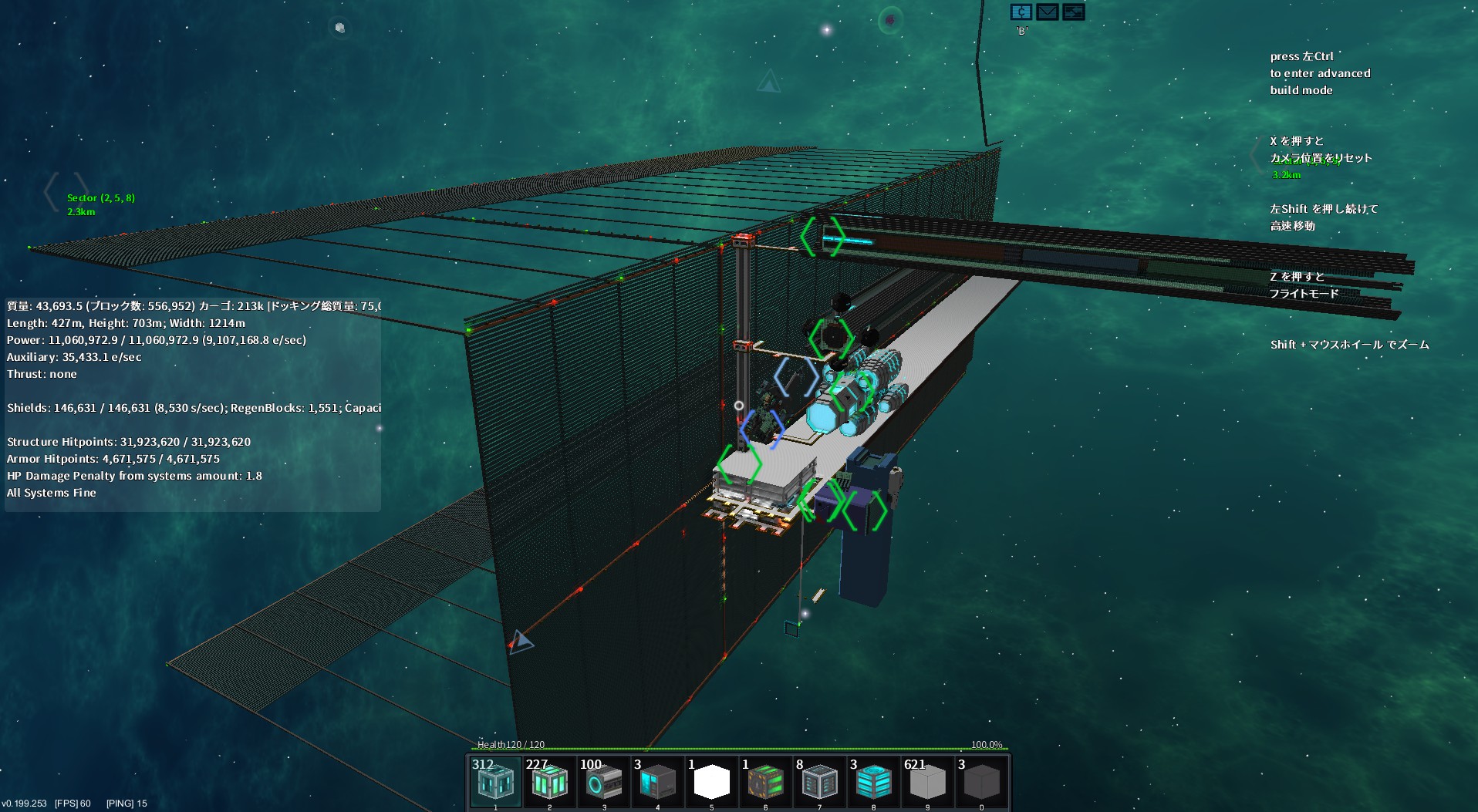

Pistols made for the French Army typically had a one- or two-letter mark in an oval on the rear left of the frame.
#STARMADE WEAPONS CHART CODE#
Manufacturer’s code on an Eibar/Ruby pistol There are a few ways to determine if a particular one was made for French WWI contract (and thus likely saw military use). Production of the guns continued into the 1920s, and all in all about a million guns of the Ruby/Eibar type were made in Spain. Some companies manufactured the guns from scratch, while others subcontractor some or even all of the component parts to other suppliers. In addition to French sales, many were also sold to the Italian Army, as that country struggled to keep up with domestic production of military pistols. At least 45 different small companies made these pistols, sometimes marked with a company name and sometimes with names like “Liberty”, “Destroyer”, “Venus”, “Modelo 1916”, “Trust”, and others. None of them shared interchangeable parts (or magazines), though, and each manufacturer used its own trademark name.įor the obsessive dedicated collector, these trade names make Eibar-type pistols a virtually bottomless well. 32ACP, short barrels, 9-round magazines, shrouded hammers, and safeties mounted above the trigger. The resulting pistols had the same general configuration –. Some worked with Gabilondo, while many others negotiated their own deals directly with French purchasing agents. Shops around Eibar in need of work saw the French as a golden opportunity, and jumped into the fray. Still, France continued to demand more and more pistols, and the situation grew out of Gabilondo’s control. The early shipments of guns from Gabilondo were satisfactory to the French Army, but not surprisingly the contract terms led to a degradation of quality as shops pushed quantity over quality to maximize their profit. The contract terms specified that the subcontractors would be fined for any failure to meet the monthly quota, and any pistols over the required 5000 would be purchased by Gabilondo at the standard rate. Each of these subcontractors was to produce 5000 pistols per month for Gabilondo, who would control overall QC and deliver the guns to France.By this time (August 1915) the French contract had increased to 30,000 pistols per months, and would later jump again to 50,000 per month. Talk about the right kind of problem to have! In order to meet the order, Gabilondo contracted with four other gunmakers in the city of Eibar: Armeria Elgobaressa y Cia, Echealasa y Vincinai y Cia, Hijos de Angel Echeverria y Cia, and Iraola Salaverria y Cia (the “y Cia” means “and Company”). There is no conceivable way they could have produced anywhere near this quantity of firearms, but now they had a contract for them. One can only imagine the Gabilondo shop receiving news of this staggering order – because at that time they had less than 10 employees (between 5 and 8, depending on which source you read). Note differences in frame shape, sights, slide serrations, etc. Three Eibar Ruby clones – “Martian”, “Brunswig”, and “Modelo 1916”. The French found the pistol to be well-suited to their needs (cheap and effective), and proceeded to place a standing order in May 1915 for 10,000 of them per month. Gabilondo sent a sample to France, whose government was in need of a huge number of pistols for the recently-begun First World War. 32ACP and with a 9-round magazine (larger than most of these types of pistols). In 1914, the company of Gabilondo y Urresti (later to become known as Llama) built a better-than-average 1903 copy called the Ruby, chambered for. Spanish shops quickly began making their own copies of this very popular pistol, and one of them hit the proverbial jackpot. One of the more successful early automatic pistol designs of the turn of the century was John Browning’s Colt and FN 1903 (which were different guns, but used the same basic design). So new firearms developments were, practically speaking, not patented in Spain and could be copied there without legal penalty. The major arms designers of the time had their factories in France, Germany, Great Britain, and elsewhere, but not in Spain. In addition, a loophole in Spanish patent law gave these small shops an international advantage: a Spanish patent was only valid if the device in question was actually manufactured in Spain within three years of patent being granted. The area has been known for its metalworking resources and prowess for literally two thousand years, and it is little surprise that firearms manufacture would thrive there. Back at the beginning of the 20th century, Spain had a significant number of relatively small gunmaking shops throughout its northern Basque area.


 0 kommentar(er)
0 kommentar(er)
